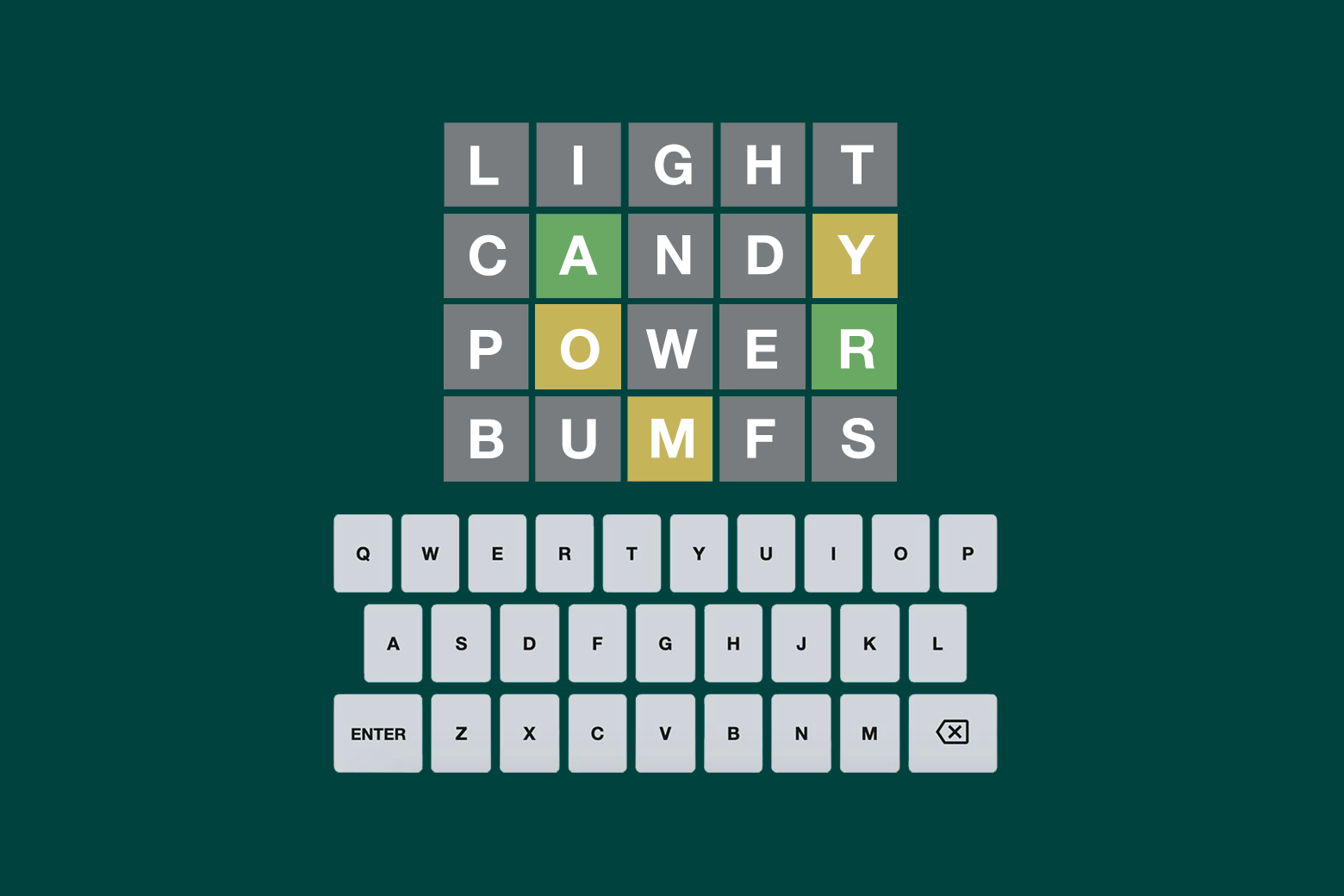This is not investment advice. The author has no position in any of the stocks mentioned. Wccftech.com has a disclosure and ethics policy.
Ahead of the third Starship test flight that is currently slated to take place next week, SpaceX is busy running last minute tests at its facilities in Boca Chica, Texas. The third Starship launch is SpaceX’s most anticipated event in the year so far, as it will see the firm try to fly the world’s largest rocket for the third time. The previous Starship test was in November, and it saw the first and second stages successfully separate. For the third test attempt, SpaceX introduced several upgrades to its rocket alongside building a new launch site to ensure the rapid testing of the rocket, which is indispensable to its future.
SpaceX Tests Launch Site Deluge System Ahead Of Third Starship Test Flight
After SpaceX shared earlier this week that the third Starship test flight will take place on March 14th, the firm has been busy tweaking its rocket ahead of the important missions. Starship’s flight abort system, or explosives installed on the rocket to destroy in case of an anomaly, has already been installed.
Now, footage from local media shows that SpaceX also tested the water deluge system at the launch pad with the first and second stages stacked. This system is one of the most important parts of the launch pad in the Starship program. It was the primary cause of a multi month delay between the second and third test flights in 2023 and ended up limiting SpaceX to only two Starship tests last year.
Judging by the footage, the test was successful, allowing SpaceX to cross off another item on its pre launch checklist. Before they can feel comfortable with a launch, engineers have to run several tests, such as tank pressure checks and static fires.

Before today’s deluge system test, SpaceX also conducted a wet dress rehearsal of Starship to fully fill it with fuel and bring the countdown timer to just a handful of seconds before launch. However, after it un stacked the second stage Starship spacecraft from the Super Heavy booster, the subsequent stacking took longer than expected. It took SpaceX roughly three hours to stack the rocket, after earlier upgrades to the launch tower also covering the ‘chopsticks’ that lift the second stage Starship on the booster.
Ahead of the third Starship test, SpaceX has made several upgrades to the rocket. These include a new engine control system for the upper stage spacecraft. To maneuver itself during flight, the Starship second stage moves its engines in flight. These are controlled by a gimballing system, and according to SpaceX, future Starships will feature an electronic thrust vector control system for their engines.
Other changes include upgrading the rocket’s fire impression system, minimizing leaks inside the rocket and further reducing the chances of fires through the electronic TVC. Changes to the Super Heavy include upgrades inside the tanks to reduce the chances of impurities making their way inside the engines. According to SpaceX, improper filtration was the “most likely root cause” for the booster explosion in November.
The second stage Starship that successfully stage separated in November was also the first Starship to make it to outer space. Its flight termination system destroyed the rocket after it had reached an altitude of 150 kilometers, and future Starship tests will also see SpaceX test in space propellant transfer for NASA’s Moon lander missions.




